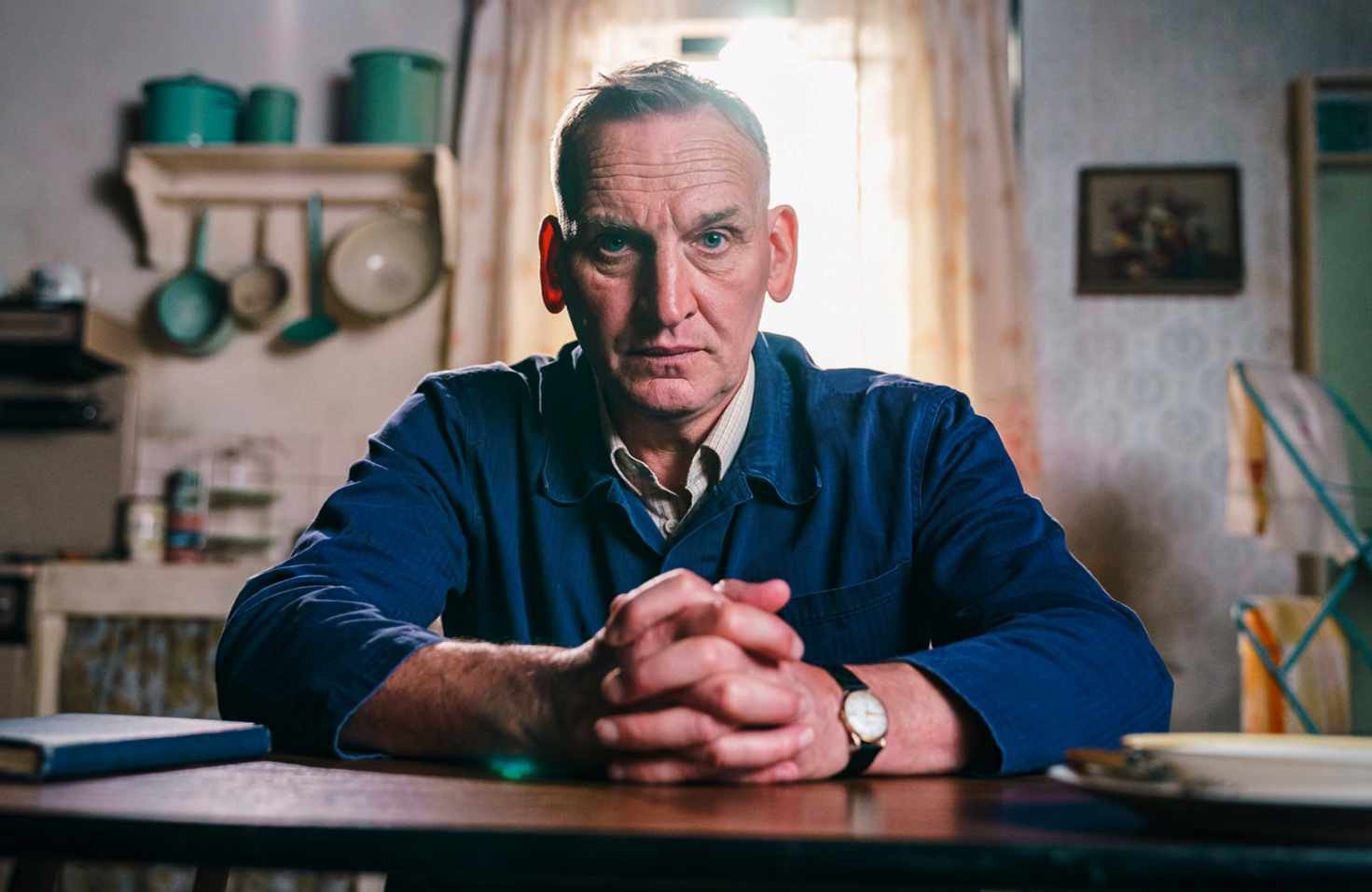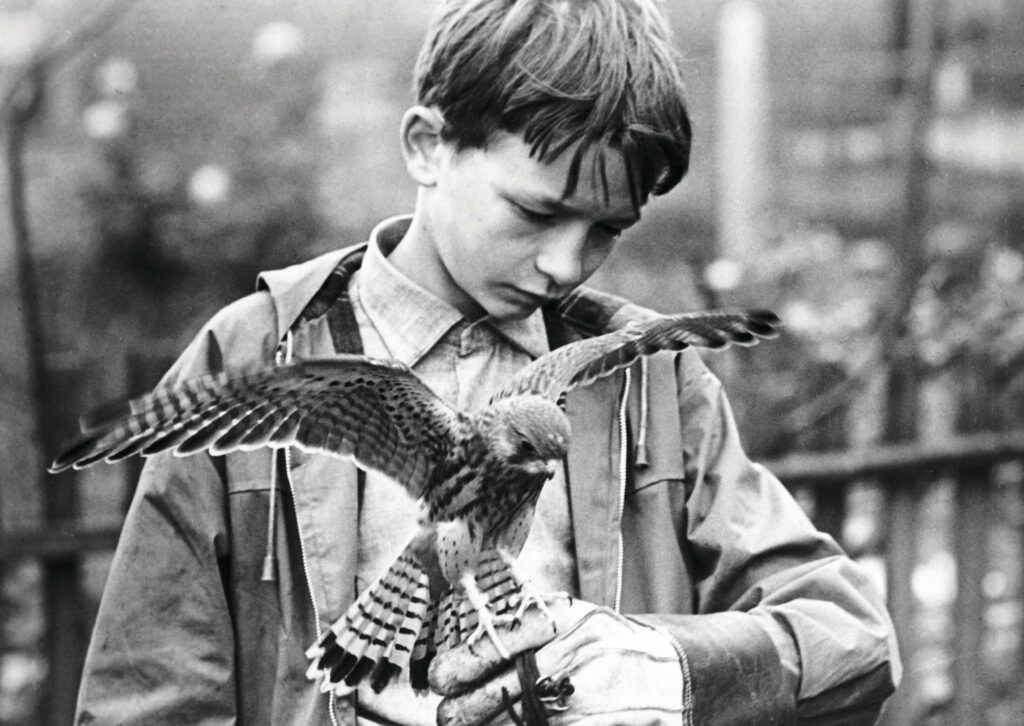Bird of prayer
This September, Christopher Eccleston narrates A Kestrel for a Knave for BBC Four’s The Read. Stephen James-Yeoman discusses the enduring power of this classic countryside book

For more than 30 years from the mid-1960s, BBC storytelling programme Jackanory featured the stars of the day, from Kenneth Williams to Bernard Cribbins, reading stories aloud – with the counterintuitive aim of encouraging young viewers to actually stop watching those square TVs and pick up a book instead.
Now, almost 30 years later, the spirit of the series lives on in BBC Four’s The Read, this time reimagined to introduce adults to iconic British novels. Sam Selvon’s The Lonely Londoners, Bruce Chatwin’s On The Black Hill and Louise Levine’s A Vision of Loveliness have all been given this fresh treatment and now it’s the turn of Barry Hines’ seminal work A Kestrel for a Knave.
Filmed at Oldham Colliseum Theatre, Christopher Eccleston is the narrator and he himself acknowledges the impact Hines’ coming-of-age novel has had on him.
“If I hadn’t met Barry Hines’ Billy Casper from the extraordinarily beautiful novel A Kestrel For a Knave, I would have cared less about other people and I would not be an actor,” he said.
It’s easy to see why this book, first published in 1968, has such a profound effect on those who encounter it. Billy Casper’s life in a South Yorkshire mining village is bleak; he is ridiculed and bullied at home and at school. The calming open fields of a nearby farm represent the blessed relief from his life’s difficulties and the freedom Billy feels when connecting with his beloved kestrel, Kes.
A Kestrel for a Knave is known as much as a staple school text as for Ken Loach’s devastating 1969 film, Kes. In The Read, Eccleston brilliantly guides the viewer through the heart-breaking cadence of Billy’s life as he grapples with his harsh day-to-day existence. As narrator, the actor gives voice to Billy, to his overpowering brother Jed, their world-weary Mum and caring but frustrated teacher Mr Farthing, skilfully painting the claustrophobic world the teenager occupies.
It’s the freedom that Billy finds training his newly found kestrel that underpins Hines’ narrative. The passion of falconry is palpable when the schoolboy demonstrates his newfound skills to his teacher in the farm’s fields. The confidence he has in his own ability and the connection to the young kestrel gives the reader hope that our protagonist can escape his reality.
FLIGHT OF FREEDOM
When Billy flies Kes, he is completely happy in nature and in control of it. Hines uses the swooping outstretched wings of the bird to represent freedom, in juxtaposition to the daily trudge of his young master. But this story is more than just an exploration of hope and innocence. In Ecclestone’s narration, the viewer understands the hopelessness of the system Billy finds himself in; and the lack of opportunity and encouragement acts as the schoolboy’s own restricted birdcage.
“When Billy flies Kes, he is completely happy in nature”
Spoiler alert: although there can be few people who aren’t aware of the tragic consequences following his brother Jed’s intervention with Billy’s kestrel, the death of the hawk is, of course, a turning point in the book, as it is in The Read’s adaptation. It sums up that crush of a dream. Everything seemed to be going so well. Although, of course, in reality for Billy it wasn’t. His cherished hobby may have lifted his spirits, but Hines argues it did nothing to elevate his circumstances or long-term prospects.

WILD COMFORT
Author Hines was born in 1939 in South Yorkshire near Barnsley, where he recognised the importance of the countryside as a rich contrast to the narrowness of the industrial life of the mining community. It’s no accident that the pastoral breath of fresh air in A Kestrel for a Knave serves as balance to the trials of Billy’s life.
Having a story read to you is incredibly personal and this series continues that tradition of the narrator holding the gaze of the listener and viewer while the narrative unfolds. Why wouldn’t you believe every word that’s being told in such an impactful way? Imaginatively visualised by emerging directors working closely with executive producer Grant Black from Hereford-based Rural Studios, the stories featured in The Read are chosen carefully. Of course, they have a beginning, middle and end but they also have compelling characters and a narrative structure to draw the audience in.
A Kestrel for a Knave ends on a sad note, but despite being devoid of hope, the reader is left with a willing for Billy to move on from his circumstances and succeed. Having found his passion for the natural world in Kes, the hope is that other joys lie ahead. I hope that the stories of The Read will have a similar effect, encouraging viewers not only to explore the other featured novels in the series but also to search out fantastic reads themselves.
Don’t miss
Other episodes of BBC Four’s The Read, including Louise Levine’s A Vision of Loveliness and Sid Chaplin’s The Day of the Sardine, are currently available on BBC iPlayer.

Stephen James-Yeoman is commissioning editor of The Read as well as other BBC Arts and Classical Music programmes, such as the BBC Proms.